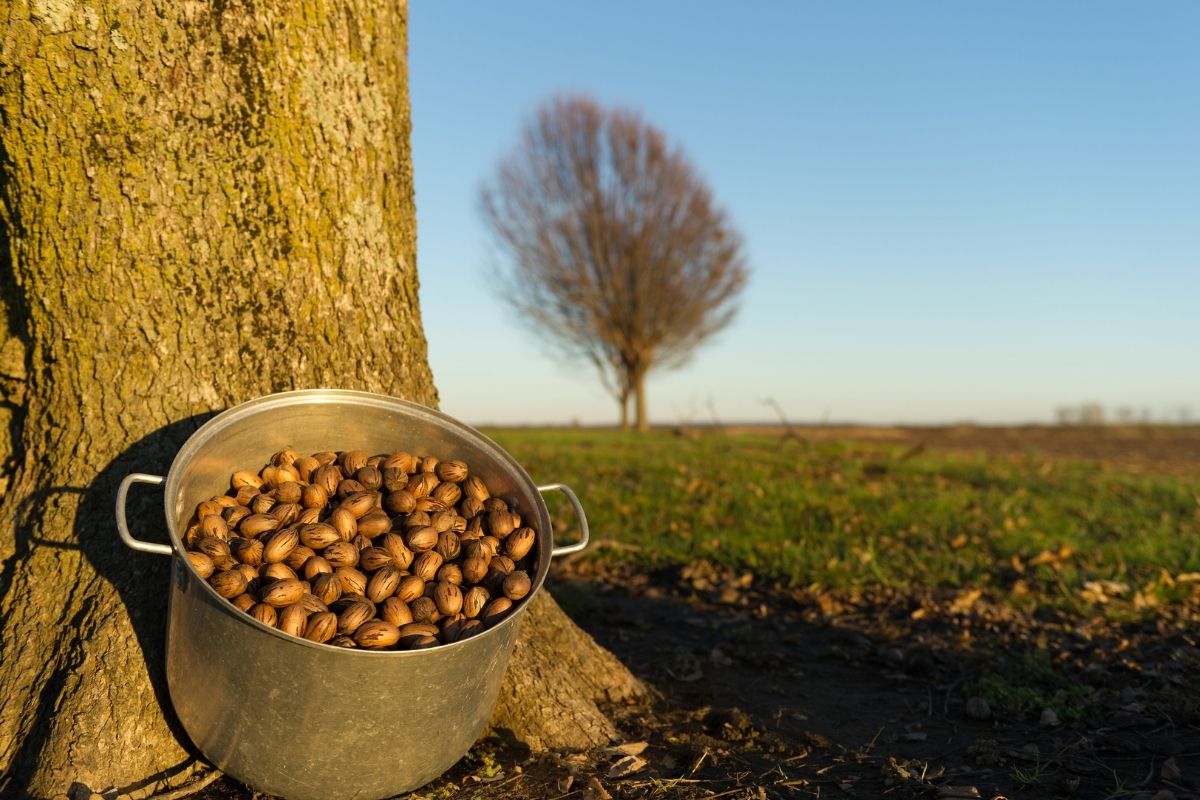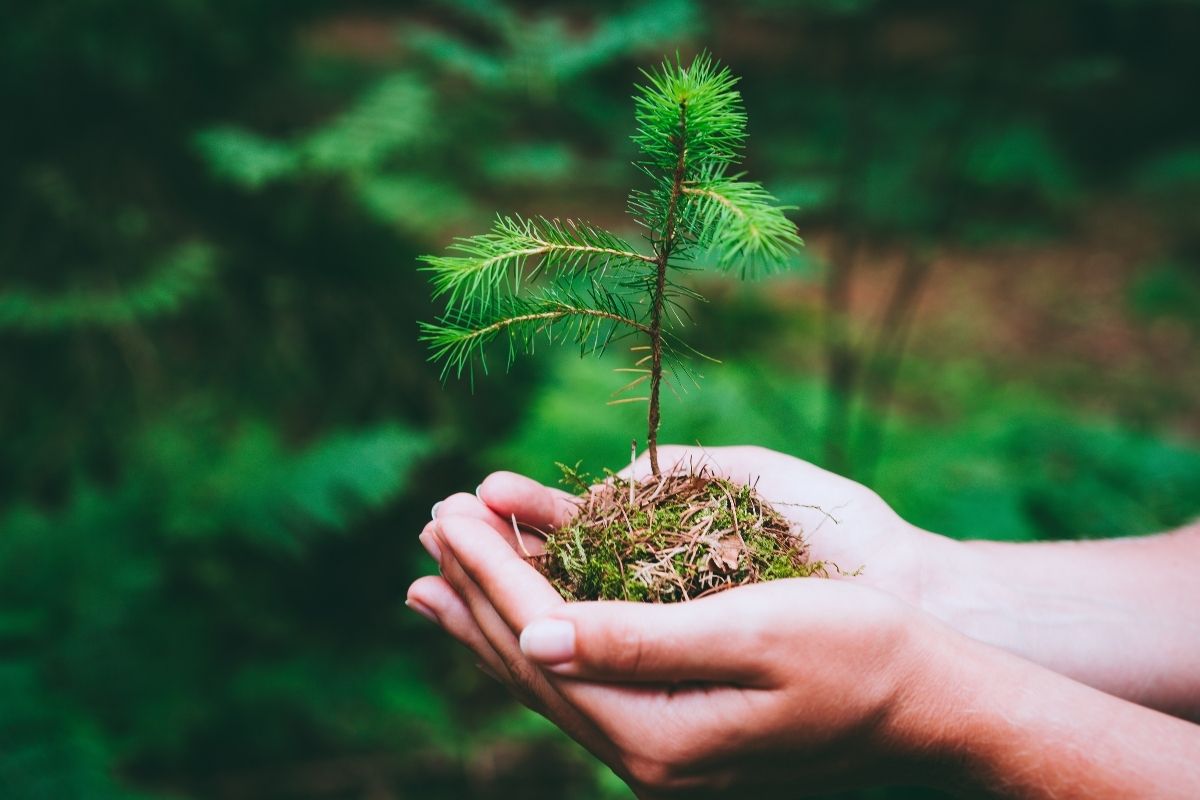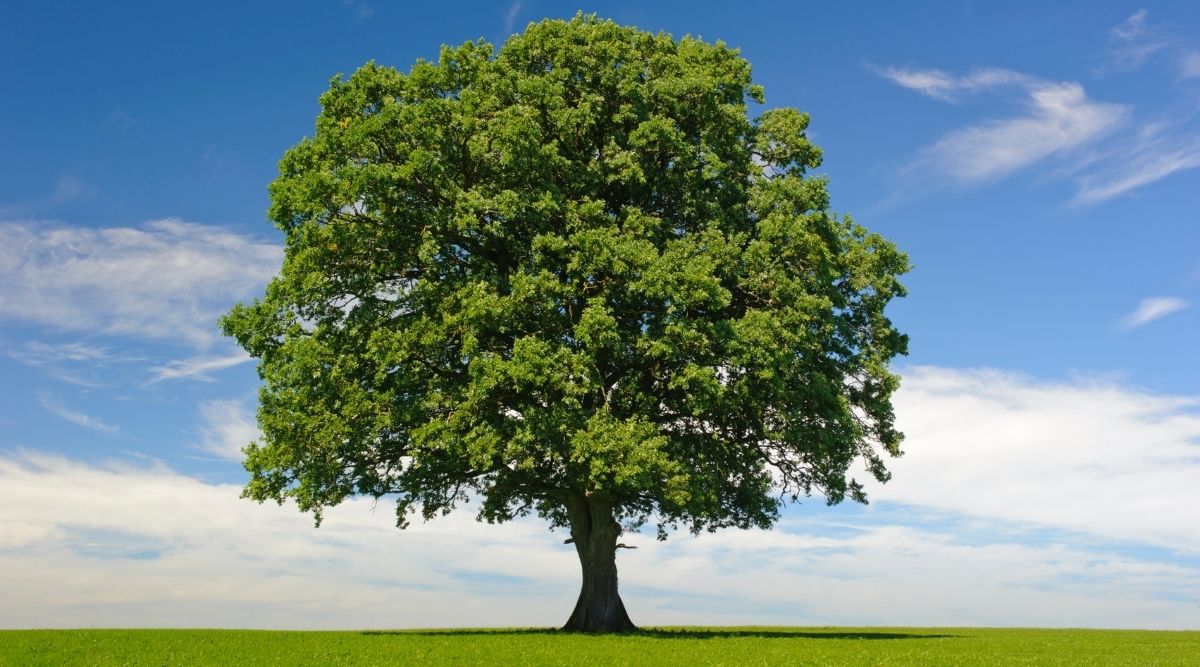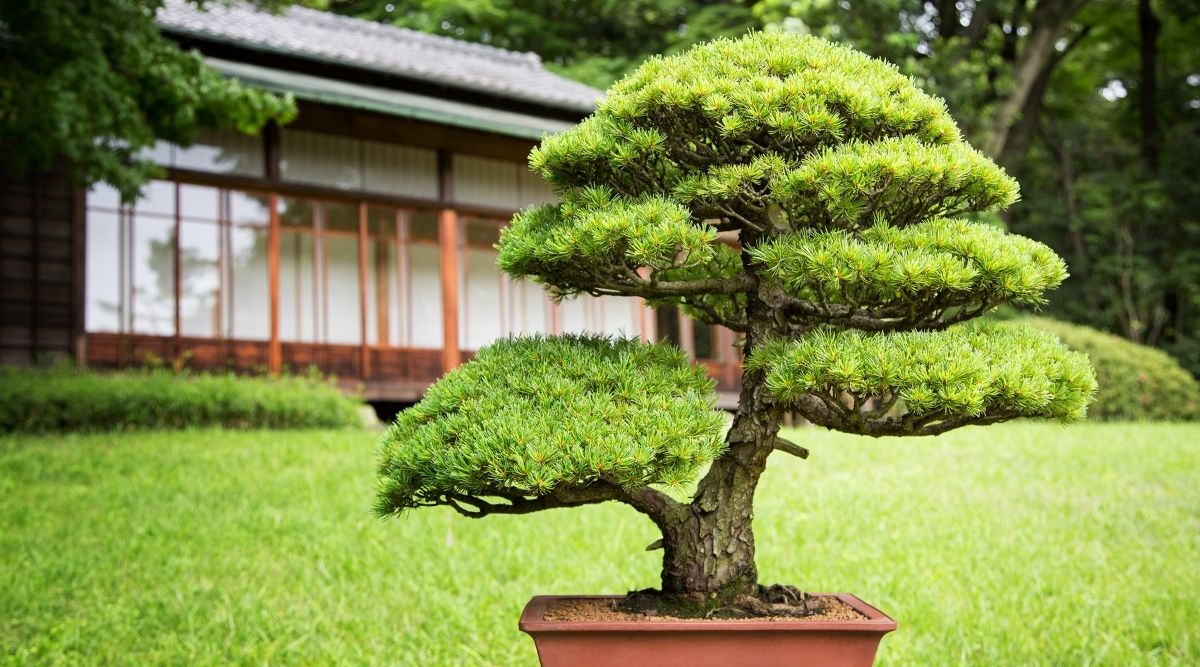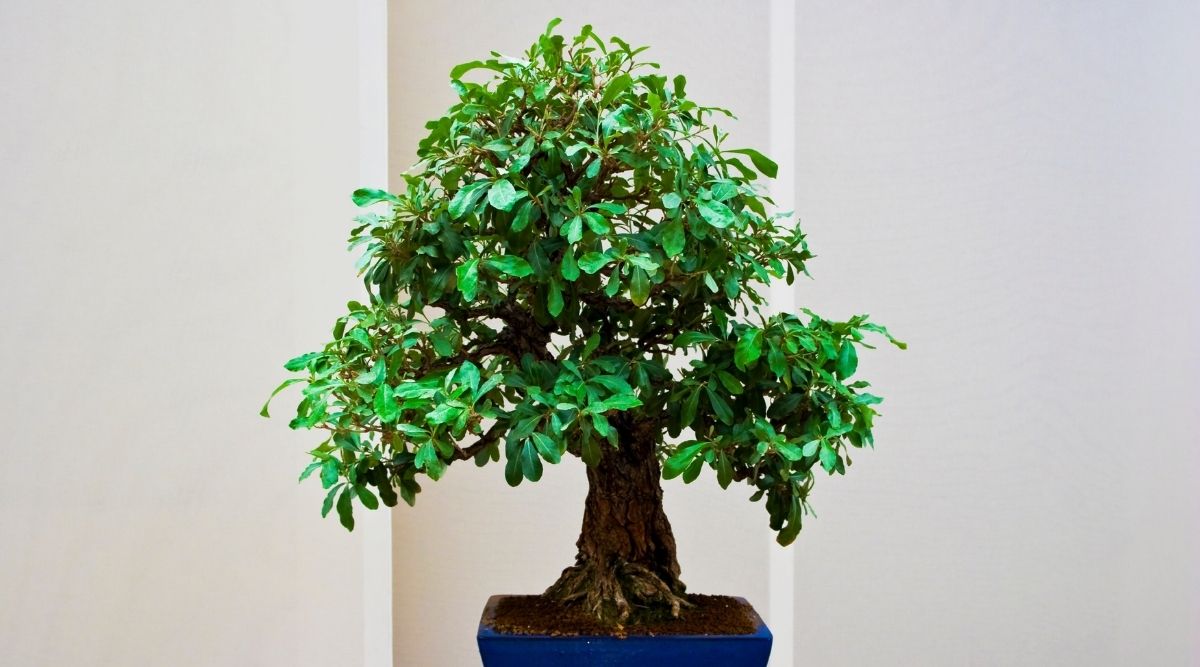Olive trees are a great plant to have around the house and can make any plain room look like a luscious area to be in. There are lots of different plants to choose from, so why choose an olive tree?

Is it because of their lifespan? Or are you not sure how long an Olive tree will live for? We always have plenty of questions when it comes to bringing a new plant into our lives, and it can be tricky to find the answers that you need.
But no longer. We’ve got a guide for all things about the olive tree, answering your questions like how long they live. Read on to decide whether to have an olive tree in your home.
What Do Olive Trees Look Like?
Olive trees are a plant that has a thin brown trunk, connecting to lots of small spindly branches. These branches stay relatively close to the trunk, in contrast to the plant’s height.
Along these branches are small green leaves, which can add a lovely splash of color to any room in the home.
The olive tree is known as evergreen, which means that the shrub has leaves and foliage that remains green throughout all seasons, unlike some trees that will lose their leaves in the winter and autumn months.
The olive tree will also sprout small white flowers, almost feather-like in appearance. The fruit produced by the plant is a small drupe around 1-2.5 centimeters long when fully ripe.
These fruits are thinner, fleshed, and smaller in the wild plants than with cultivated orchards. Olives are harvested when they are green to purple.
It may surprise you that canned olives have often been artificially blackened to improve their appearance.
Where Do Olives Trees Come From?
Olive trees are shrubs that originated from the Mediterranean and the surrounding areas over 6000 years ago. Belonging to the Oleaceae family, this plant comes from what is now known as Turkey in the Mediterranean region of Europe.
The species of the shrub is cultivated in every Mediterranean country, especially in the Mediterranean basin.
On top of these countries, the olive tree is also cultivated in Australia, New Zealand, North America, and most countries in South America. The earliest records of the olive tree come from what is now known as Jordan on the farms throughout the country.
It’s thought that the farmers at the time didn’t believe that the olive tree would grow over a certain distance away from the sea. Although the plant is believed to prefer the coast nowadays, there is no actual proof that they grow better closer to the coast than further inland.
The majority of places that cultivate the plant in the modern world, tend to have similar climates to those of the Mediterranean. These locations can include South Africa, Chile, Peru, Australia, Oregon, and California.
How Long Does An Olive Tree Live?
Depending on the type of olive tree you get, they can live for an incredibly long time. Experts have even gone on record to suggest that olive trees have been known to live for up to 1500 years!! That’s incredible!
However, the average lifespan of a healthy olive tree tends to be around the 500-year mark. This is still a large amount of time! Other sources have claimed that some olive trees in the past have even lived to around 2000 years old according to some historical records.
Why Are Olive Trees Popular Houseplants?
The fact of the matter is olive trees are easy to look after. Lots of plants will need different feeding solutions and certain levels of light and humidity or they will die.
However, olive trees are used to living without too much water and high levels of light exposure. Many olive trees can survive in a bed of dry soil with a high temperature in the air.
A lot of people would love to grow plants for fresh fruit. This way you can have a lovely meal or snack using the most natural of ingredients. However, in a lot of places, the weather can be too cold to grow these types of plants and fruit.
Olive trees are great because they can thrive in an indoor environment and keep producing fruit for you to use. There’s nothing quite like fresh olives in a salad or as its little snack.
Apart from this, the plants are also great to look at and have the ability to light up even the dullest of rooms. Their silvery green leaves and light brown tree bark stand out and make having guests a great way to show off your new talk of the room.
On top of this, trees give out fresh oxygen using photosynthesis. Carbon dioxide and natural light are absorbed and oxygen is expelled, clearing the air in your home.
How Often Do I Water An Olive Tree?
When watering most plants, we recommend that you don’t let the soil become too dry. Of course, olive trees are better suited toward dry and hot conditions than a lot of other plants, however, they still need moisture in their soil bed to survive.
By topping up the pot or tray that you have the plant in, you allow the plant to soak up all of the nutrients and minerals to thrive. Make sure that the olive tree has sufficient light for photosynthesis, whether it be natural light or artificial.
Natural light is preferred but olive trees have been known to survive in controlled environments.
You’ll need to water your plant every other day or so to ensure that your shrub is getting the right amount of water that it needs. A good way to check whether your plant needs watering is to dab your finger lightly into the soil around the plant.
If the dirt is dry and crisp, then it means the plant has absorbed all of the water and will require more to be able to feed.
If you fail to water your plant frequently enough then you will see a lot of the leaves fall out and the color will begin to fade.
Final Thoughts
Owning an olive tree is a great way to become a plant owner. By doing so, you can learn what it’s like to have a plant or shrub in your home without having too much upkeep and responsibility.
Like other plants, olive trees need love and care as well as water and lots of light exposure. Growing to around five feet tall, the tree can look right at home in any room and will lighten up the atmosphere with its silvery green leaves.
- Best Hanging Plant For Low Light - September 4, 2023
- Best Indoor Plants Florida - August 28, 2023
- Best Plants For Bathroom Smells - August 21, 2023

